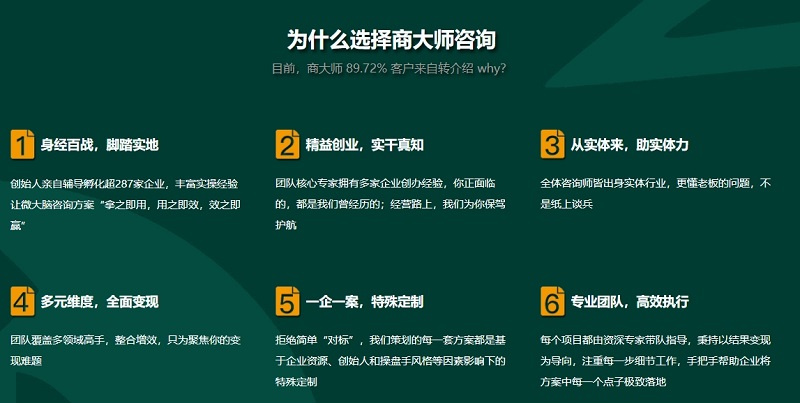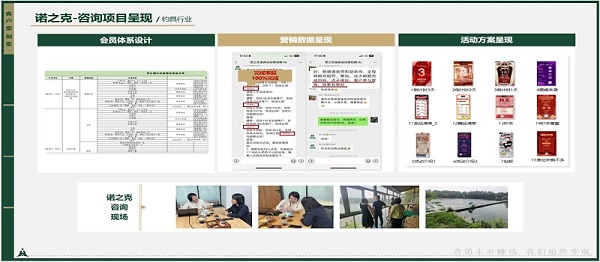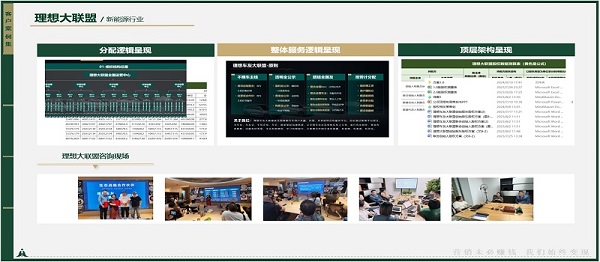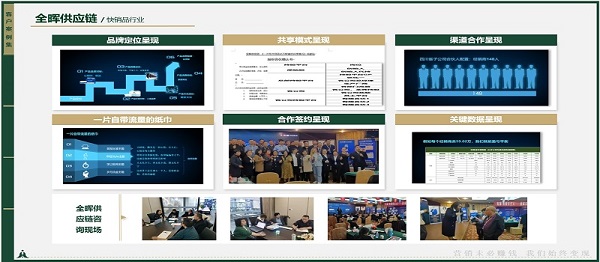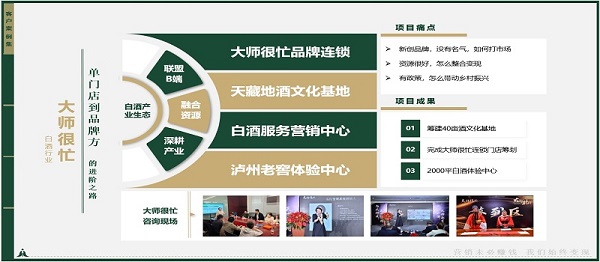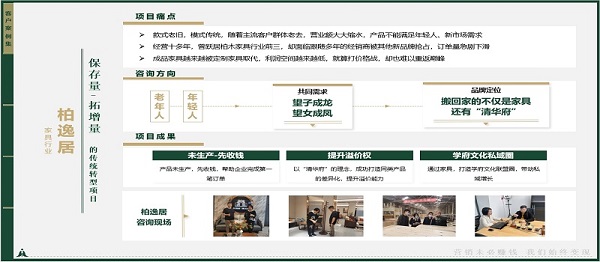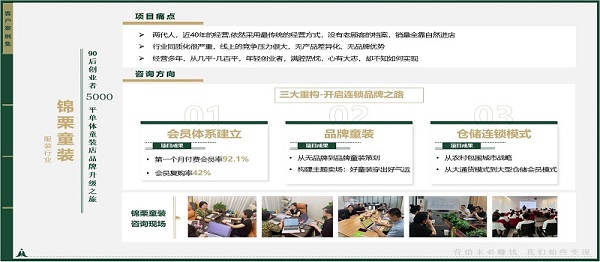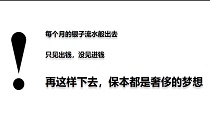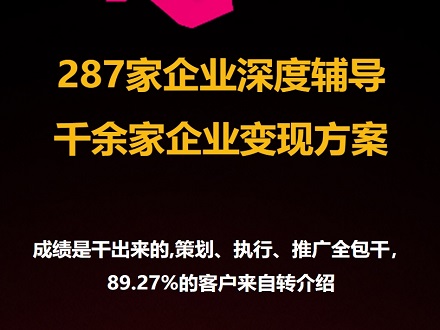品牌定位的核心过程
Brand positioning is a systematic process that involves defining a brand's unique value in the minds of target audiences. The process typically includes five key steps market research, target audience analysis, competitive differentiation, value proposition development, and communication strategy design. Through these steps, brands can establish a clear and sustainable market identity.

市场调研的作用与实施方法
Market research is the foundation of brand positioning. It involves collecting data on industry trends, consumer preferences, and competitor strategies. Methods such as surveys, focus groups, and data analytics help identify market gaps and opportunities. For example, analyzing social media sentiment can reveal unmet consumer needs, guiding brands to refine their positioning.
差异化策略的常见误区
Many brands attempt differentiation through superficial features like packaging or pricing, which can lead to short-term gains but fail to build long-term loyalty. True differentiation should stem from core values, such as innovation or sustainability. common mistake is overemphasizing competitors' weaknesses rather than highlighting one's own strengths.

资源有限时的定位优化路径
For small businesses with limited resources, focusing on niche markets often yields better results. By deeply understanding a specific audience segment, brands can tailor their offerings and messaging precisely. Leveraging digital tools for low-cost market testing—such as A/B testing ads or launching pilot products—can also validate positioning strategies efficiently.
动态市场中的定位调整逻辑
Brand positioning is not static. Changes in consumer behavior, technological advancements, or competitive landscapes may require adjustments. For instance, a brand initially targeting young professionals might expand to families if market data shows shifting demographics. Regular audits of brand perception help identify when realignment is necessary.
衡量定位效果的关键指标
Effectiveness of brand positioning can be measured through metrics like brand awareness, customer loyalty, and market share. Surveys tracking brand recall or sentiment analysis of online reviews provide qualitative insights. Quantitatively, sales growth in target segments and reduced customer acquisition costs indicate successful positioning.

